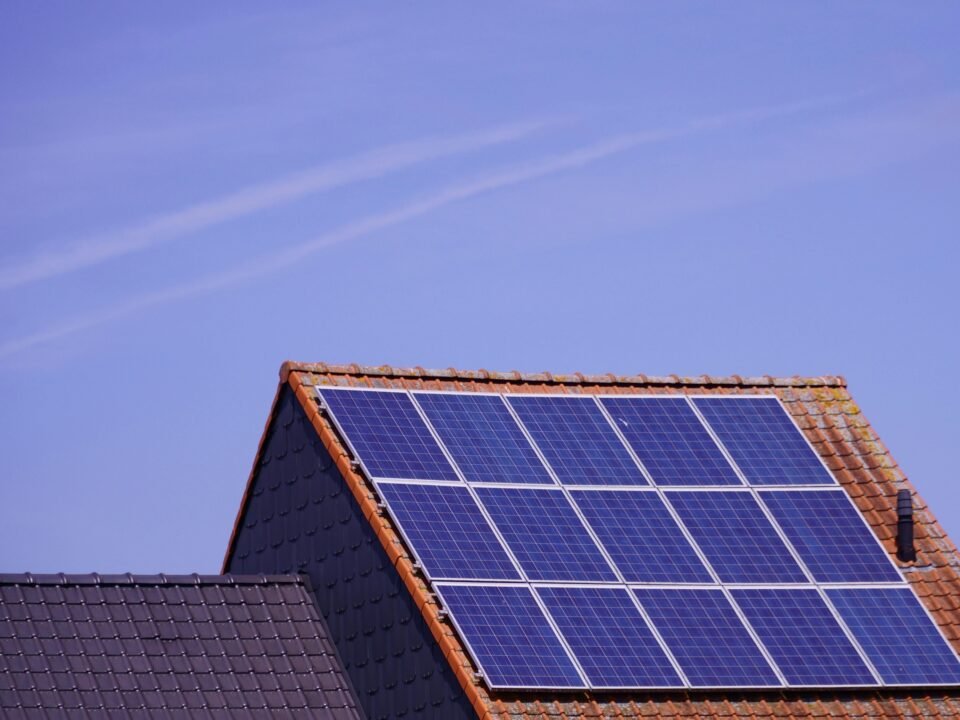In today’s rapidly evolving energy landscape, the demand for sustainable and efficient solutions has never been greater. With climate change concerns, rising fuel costs, and the urgent need to reduce carbon emissions, the newest renewable energy technologies are transforming how we power our world. These cutting-edge innovations not only promise cleaner energy but also present practical, scalable solutions for the future.
In this article, we’ll explore the top seven breakthroughs in the newest renewable energy technologies, their benefits, and how they are shaping the global energy transition.
1. Floating Solar Farms
One of the most exciting developments in the newest renewable energy sector is the rise of floating solar farms. Unlike traditional ground-based solar installations, floating solar panels are mounted on water bodies like lakes, reservoirs, or coastal regions.
Why it matters:
- Reduces land use, making solar viable in densely populated areas.
- Keeps panels cool, increasing efficiency by up to 15%.
- Helps reduce water evaporation in reservoirs.
Countries such as China, India, and Singapore have already made significant investments in floating solar farms, proving this technology’s potential to revolutionize solar energy production worldwide.
2. Perovskite Solar Cells
Traditional silicon-based solar panels have dominated the renewable sector for decades. However, perovskite solar cells are emerging as a game-changer. These cells are lighter, cheaper to produce, and can achieve higher energy efficiency levels compared to conventional panels.
Key benefits:
- Flexible design, enabling integration into windows, walls, or even clothing.
- High efficiency potential, with some reaching over 25% in lab tests.
- Cost-effective production using abundant materials.
The newest renewable energy trend of perovskite adoption could make solar power more accessible and affordable across the globe.
3. Offshore Wind Turbines with Floating Platforms
While offshore wind energy has been around for years, the latest advancement lies in floating platforms that allow turbines to be installed in deeper waters. Unlike fixed-foundation turbines, floating wind farms can harness stronger, more consistent winds far offshore.
Why it’s revolutionary:
- Expands wind energy access to 80% of the world’s offshore wind resources.
- Less visual and environmental impact compared to nearshore turbines.
- Higher energy yields from stronger deep-sea winds.
Countries like Norway, Japan, and the U.K. are already deploying floating wind turbines, marking a new frontier in the newest renewable energy technologies.
4. Hydrogen Fuel from Renewable Sources
Hydrogen has long been touted as the “fuel of the future.” Today, renewable-powered electrolysis is making that vision a reality. By splitting water molecules using renewable electricity, we can produce green hydrogen — a clean, versatile energy carrier.
Applications of green hydrogen:
- Powering vehicles, including buses, trains, and ships.
- Replacing fossil fuels in industries like steel and cement.
- Storing renewable energy for use during low-generation periods.
This breakthrough ensures that hydrogen becomes a cornerstone of the newest renewable energy solutions, bridging gaps in sectors where electrification is challenging.
5. Energy Storage with Next-Generation Batteries
Renewables like solar and wind are intermittent, making energy storage crucial for grid reliability. The newest breakthroughs in battery technology — including solid-state batteries, flow batteries, and metal-air batteries — are addressing this challenge.
Why it’s important:
- Provides longer-lasting, safer, and more efficient storage.
- Supports decentralized energy systems and microgrids.
- Reduces reliance on fossil fuel backup systems.
Improved storage technologies ensure that renewable energy can be available on-demand, making the global transition smoother and more reliable.
6. Wave and Tidal Power
The ocean is a vast, untapped source of energy. Recent advancements in wave and tidal power systems are bringing us closer to harnessing this consistent and predictable resource.
Advantages of ocean energy:
- High predictability compared to solar and wind.
- Massive untapped potential, with oceans covering 70% of Earth’s surface.
- Can provide steady baseload power to coastal regions.
From underwater turbines to oscillating wave energy converters, marine power is becoming a key player in the newest renewable energy mix.
7. Artificial Photosynthesis
Perhaps the most futuristic innovation in the newest renewable energy space is artificial photosynthesis. Inspired by the way plants convert sunlight into energy, researchers are developing systems that mimic this process to produce fuels like hydrogen or methanol directly from sunlight, water, and carbon dioxide.
Potential benefits:
- Produces clean fuels while removing CO₂ from the atmosphere.
- Offers a sustainable alternative to fossil fuels.
- Could provide decentralized fuel production on a global scale.
While still in early development, artificial photosynthesis holds transformative potential for the future of renewable energy.
The Road Ahead
The newest renewable energy breakthroughs highlight how innovation is driving us closer to a cleaner, more sustainable world. From floating solar farms and perovskite solar cells to hydrogen and artificial photosynthesis, these technologies are reshaping how we generate, store, and use energy.
As governments, corporations, and individuals push for greener alternatives, these advancements will play a crucial role in meeting global climate goals. By embracing the newest renewable energy technologies, we’re not just investing in cleaner power — we’re building a resilient, future-ready energy system.



